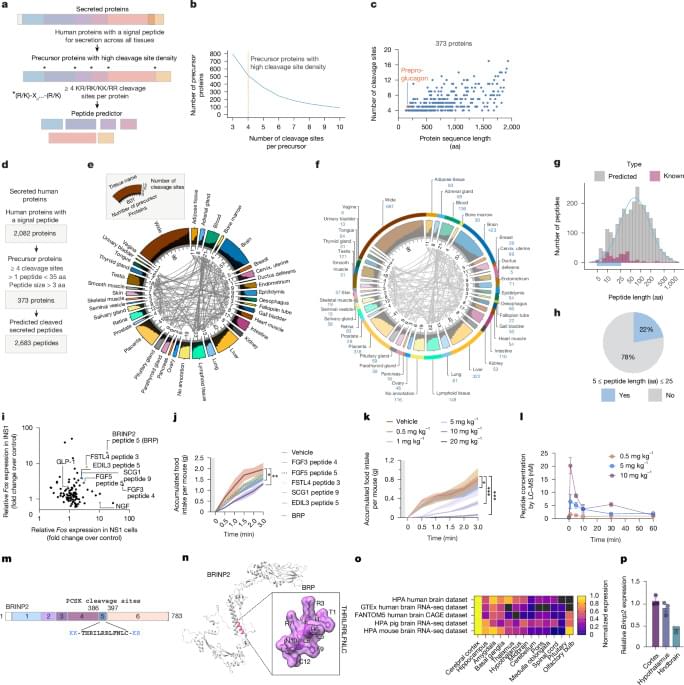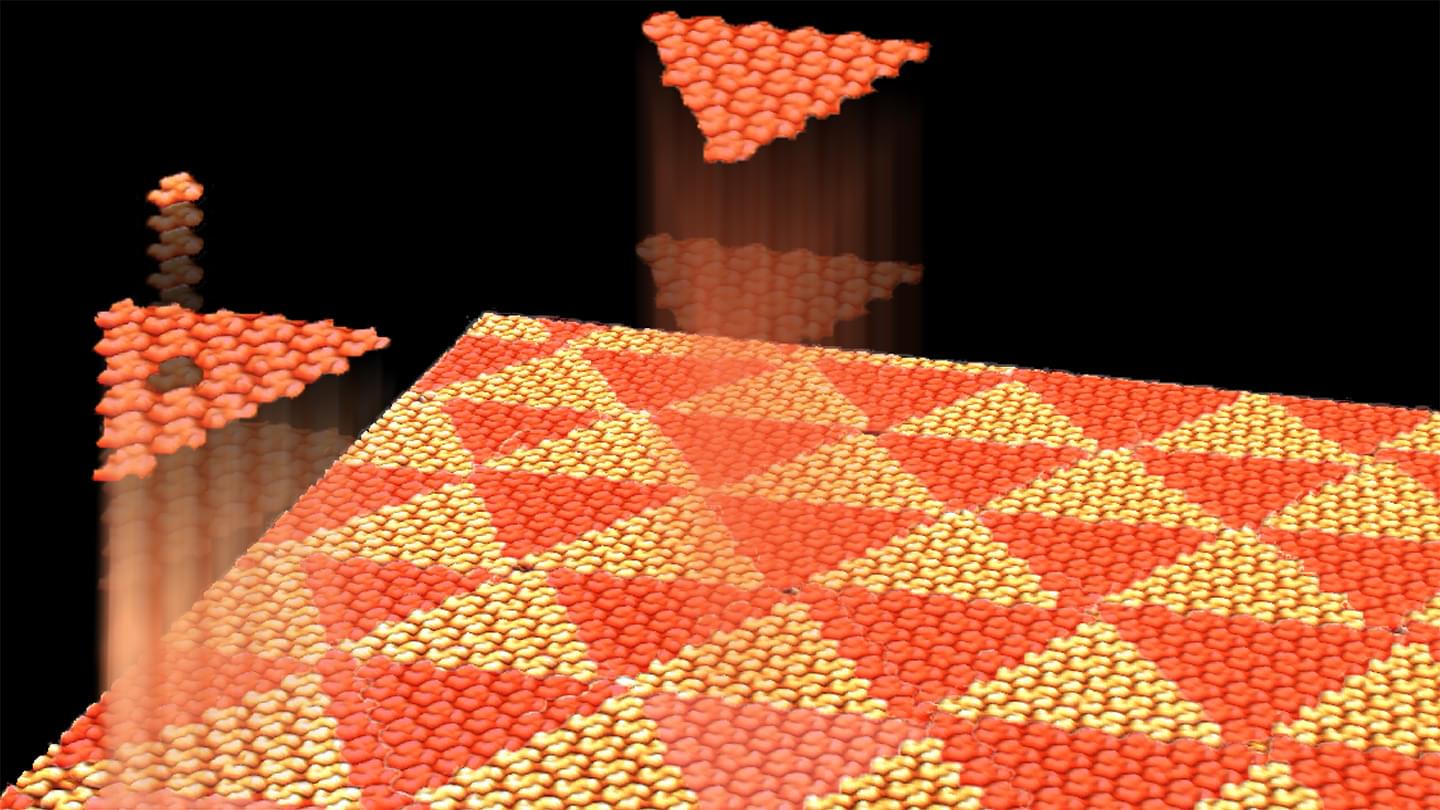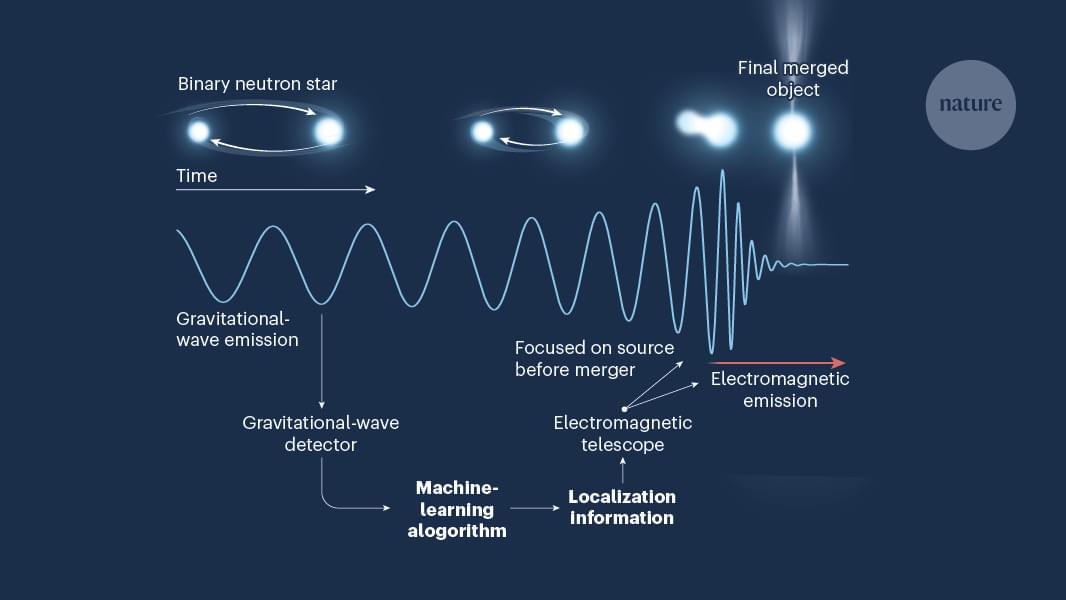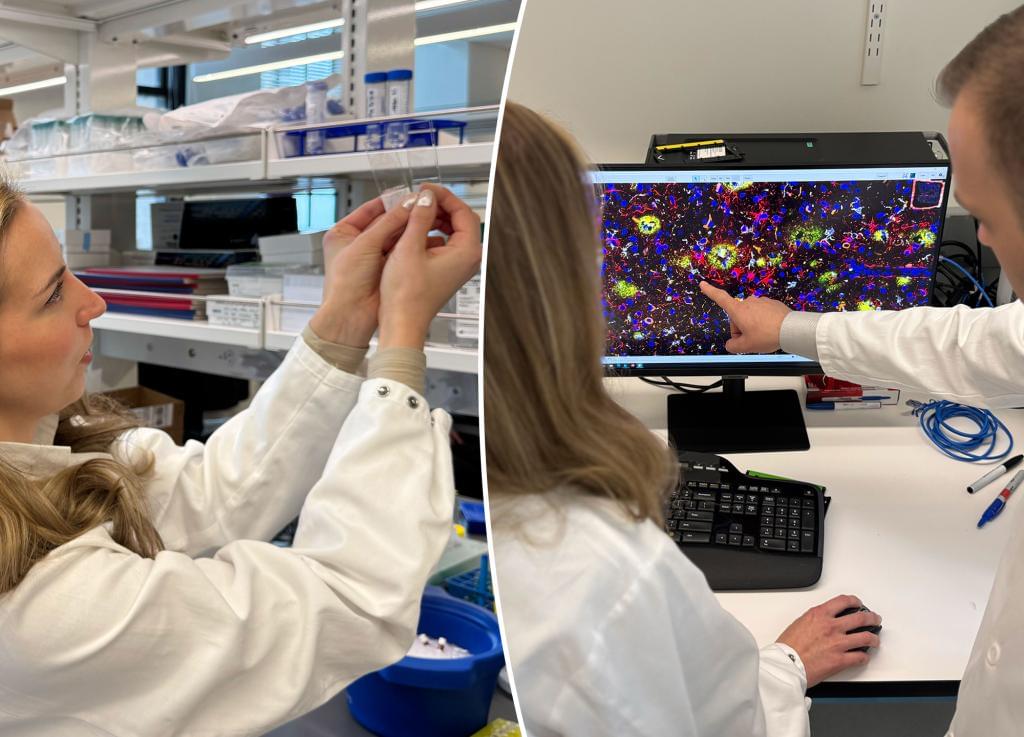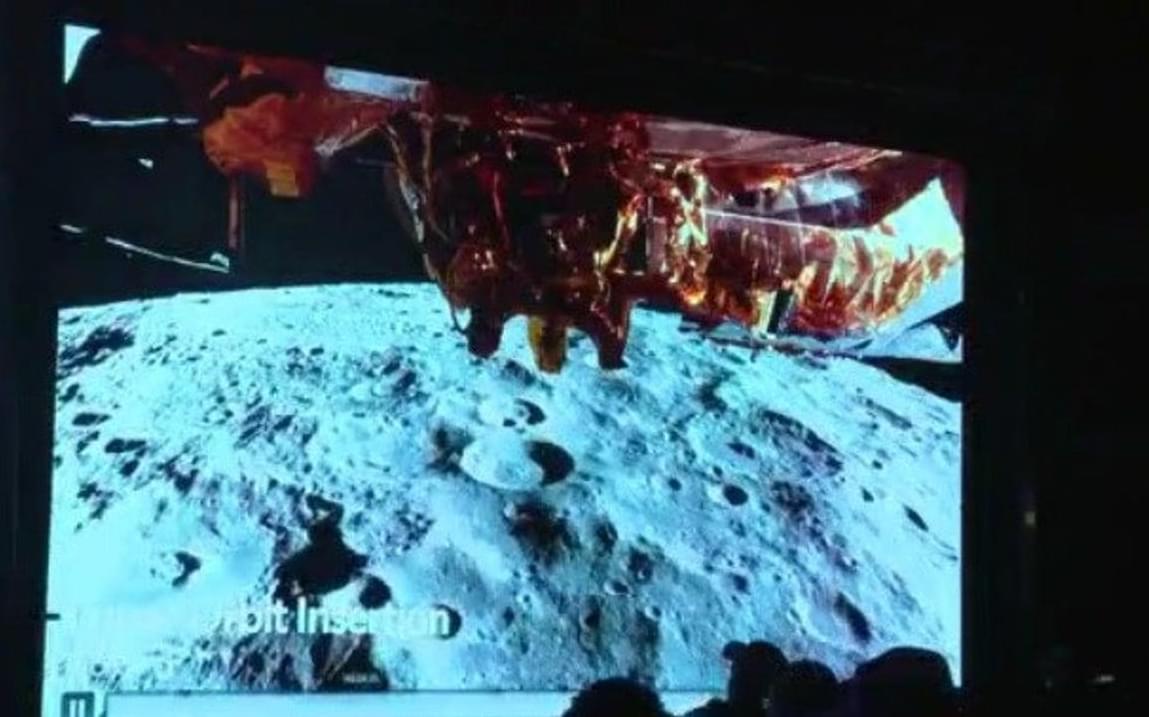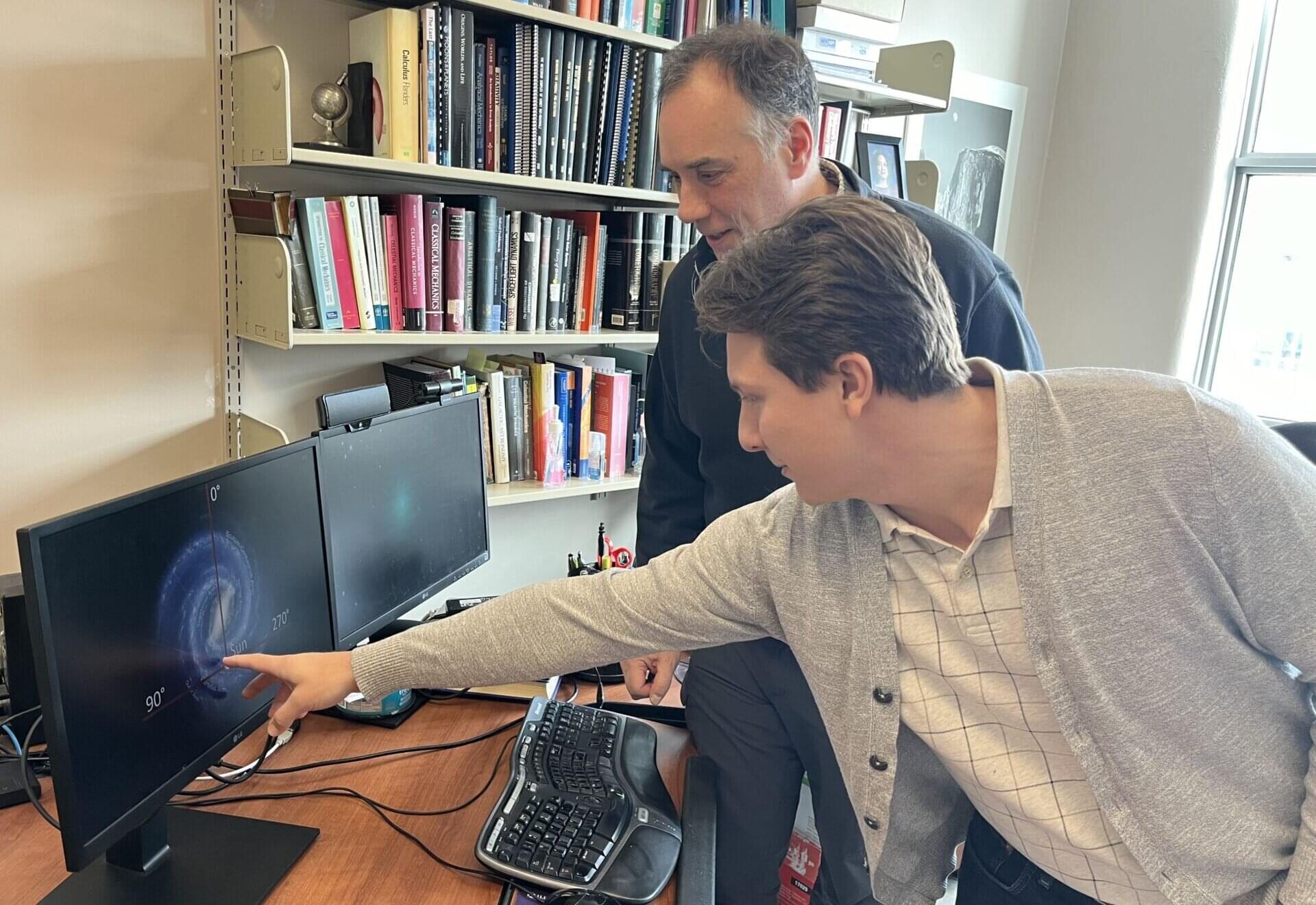A collaboration of researchers in Austria and China has built a universal inverse-design magnonic device that can efficiently produce new electronic components based solely on a definition of the desired performance, and do the job in minutes or hours. They published the result in Nature Electronics.
Designing an electronic component usually requires extensive manual design and simulation to achieve a desired functionality. Inverse design eliminates these steps. It is a two-step process: First, the developers divide a design area into an array of smaller, programmable elements. Then, they deploy iterative feedback-loop optimization to tune these elements to achieve a predefined functionality.
This new device manipulates magnons, the quasiparticle quanta of magnetic spin waves. There have been magnonic devices and inverse-design devices, but this is the first universal magnonic inverse design device. Hypothetically, this kind of device can duplicate the performance of anything from a diode to a neuromorphic circuit.

